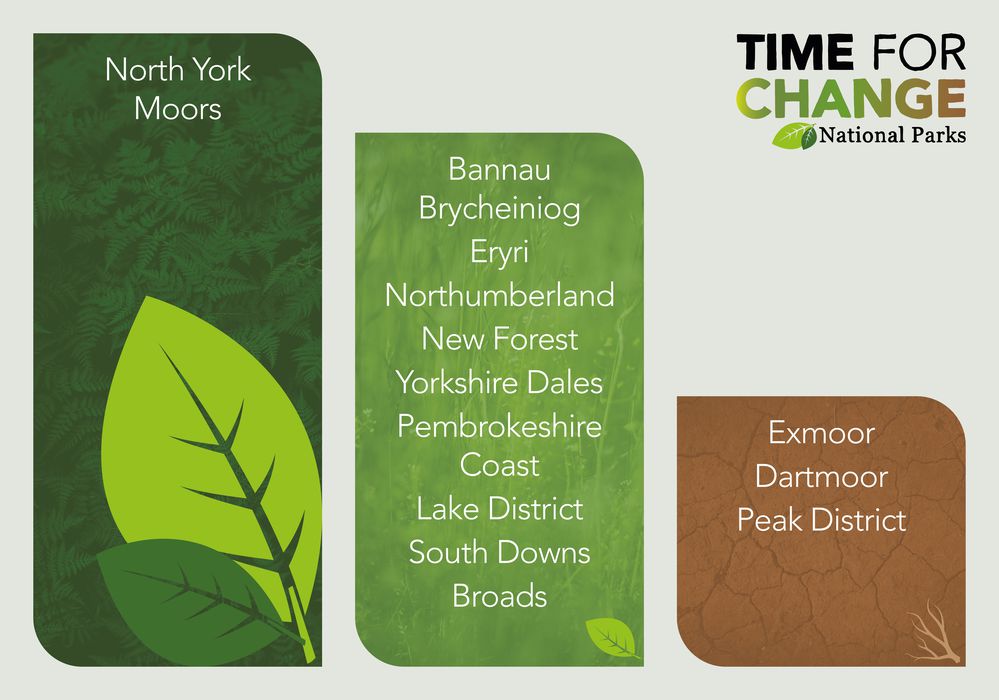Just how good are our National Parks at tackling wildlife crime?
By Suzanne Heaney
Posted 5th April 2024
Surely, it’s reasonable to assume our national parks protect wildlife living within the parks and enforce the laws which protect these animals?
Sadly, this isn't as clear-cut as you might expect.
We’ve been investigating the national parks’ policies on allowing hunts on their land. It's good to see seven out of thirteen parks in England and Wales do not allow ‘trail’ hunting on their land because they recognise it can be a smokescreen for illegal fox hunting.
A further two, the Broads and Pembrokeshire, do not allow hunting for safety reasons given the coastal nature of their estate.
But three parks; Exmoor, Dartmoor and the Peak District are happy to continue to support cruelty to animals and allow the law to be flouted. Whether these hunts are after foxes, stags or hares, the hunts are welcomed.

On Exmoor, you may encounter a fox hunt or, if you’re really unlucky, a hunt chasing a beautiful stag to the point of exhaustion only for it to be shot and carved up for trophies. Or a pregnant deer running for her life to suffer the same fate.
Dartmoor National Park sits within Devon which is one of the top five counties for illegal hunting and havoc in England and Wales. High-profile stories emerge of hunts trespassing on private land, killing livestock, and verbally and physically abusing hunt monitors.
And you don't have to dig far for horror stories of animal cruelty in the Peak District National Park.
But there is one superstar - North York Moors National Park – which leads the way with a zero-tolerance policy on wildlife crime. That’s the kind of protection the public expect our national parks to deliver.
Join us in asking Exmoor, Dartmoor and the Peak District National Park Authorities to step up and take wildlife crime seriously by upholding the law.